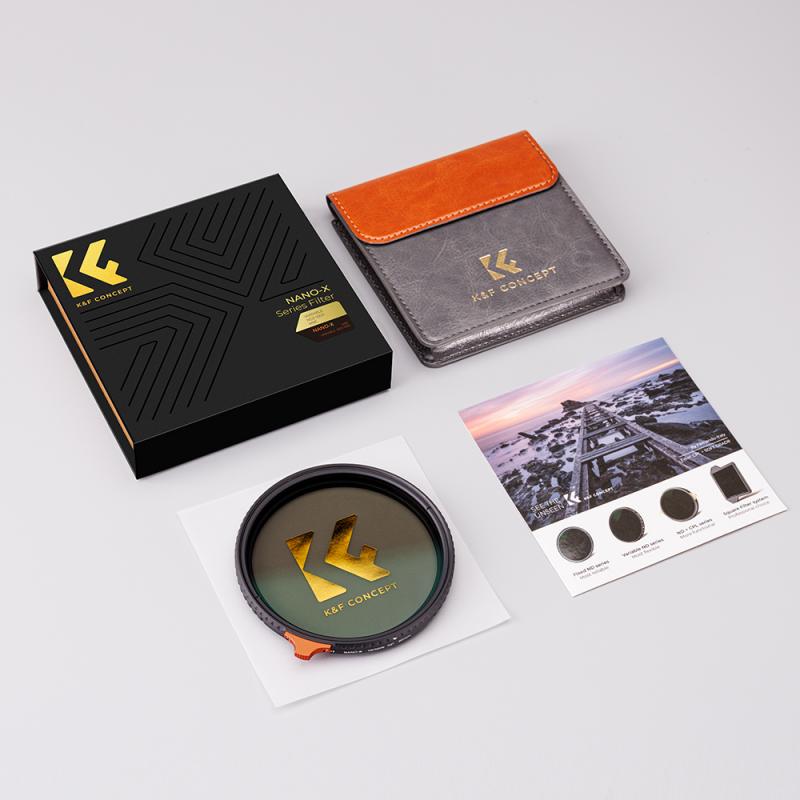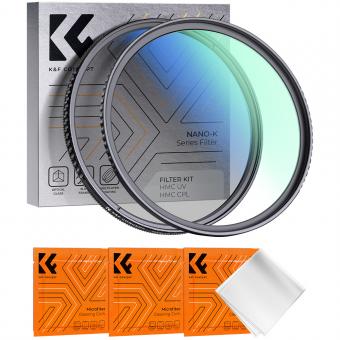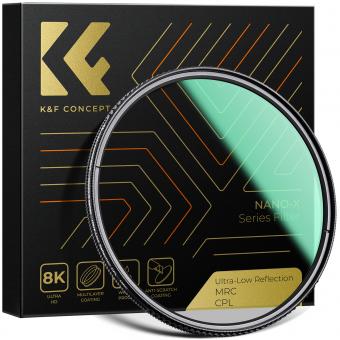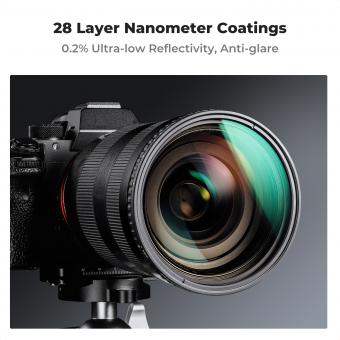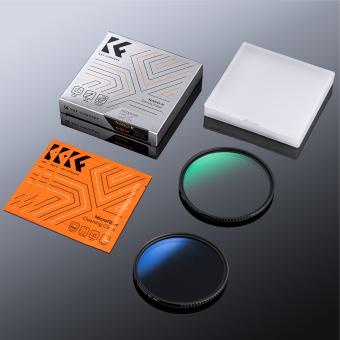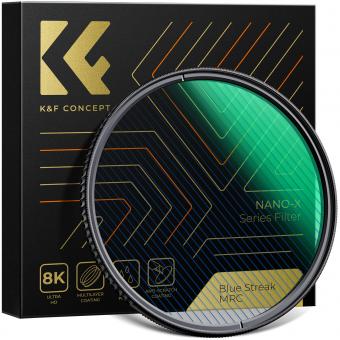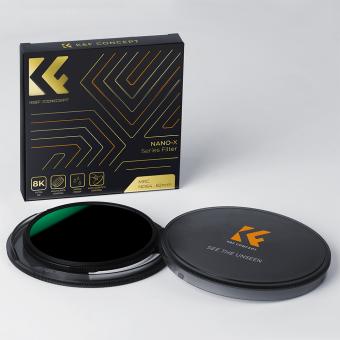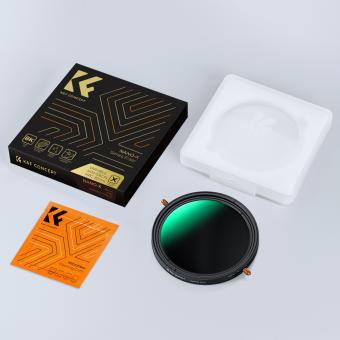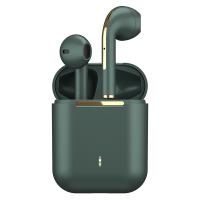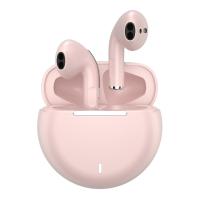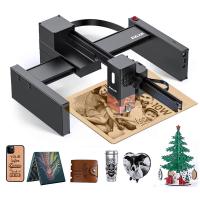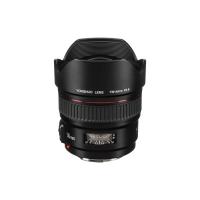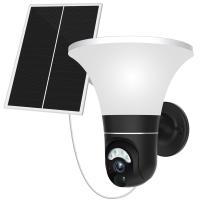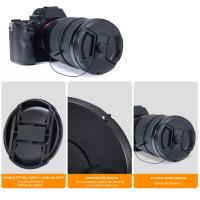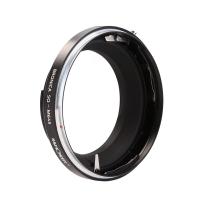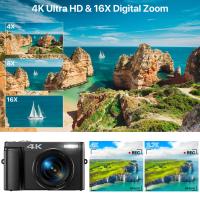What Size Circular Polarizer Filter To Buy ?
The size of the circular polarizer filter you should buy depends on the diameter of the front element of your lens. You can find this information on the lens itself or in the lens manual. Once you know the diameter, you can purchase a circular polarizer filter that matches that size. It's important to get the correct size to ensure that the filter fits properly and doesn't cause any vignetting or other issues.
1、 Filter diameter compatibility with lens
When it comes to buying a circular polarizer filter, there are two main factors to consider: the size of the filter and its compatibility with your lens. The size of the filter refers to its diameter, which should match the diameter of your lens. This ensures that the filter can be securely attached to your lens and won't cause any vignetting or other issues.
To determine the correct filter size for your lens, you can check the lens specifications or look for the filter thread size on the lens barrel. Common filter sizes include 52mm, 58mm, 67mm, 77mm, and 82mm, but there are many other sizes available depending on your specific lens.
In addition to filter size, it's important to consider compatibility with your lens. Some lenses may have a front element that rotates when focusing, which can cause issues with a polarizer filter. Look for filters that have a slim profile or a rotating ring that allows you to adjust the polarization without rotating the filter itself.
It's also worth noting that some newer lenses may have coatings or other features that make a polarizer filter unnecessary or less effective. Be sure to research your specific lens and shooting needs before investing in a polarizer filter.
Overall, choosing the right circular polarizer filter involves finding the correct size and ensuring compatibility with your lens, while also considering any unique features or limitations of your gear.
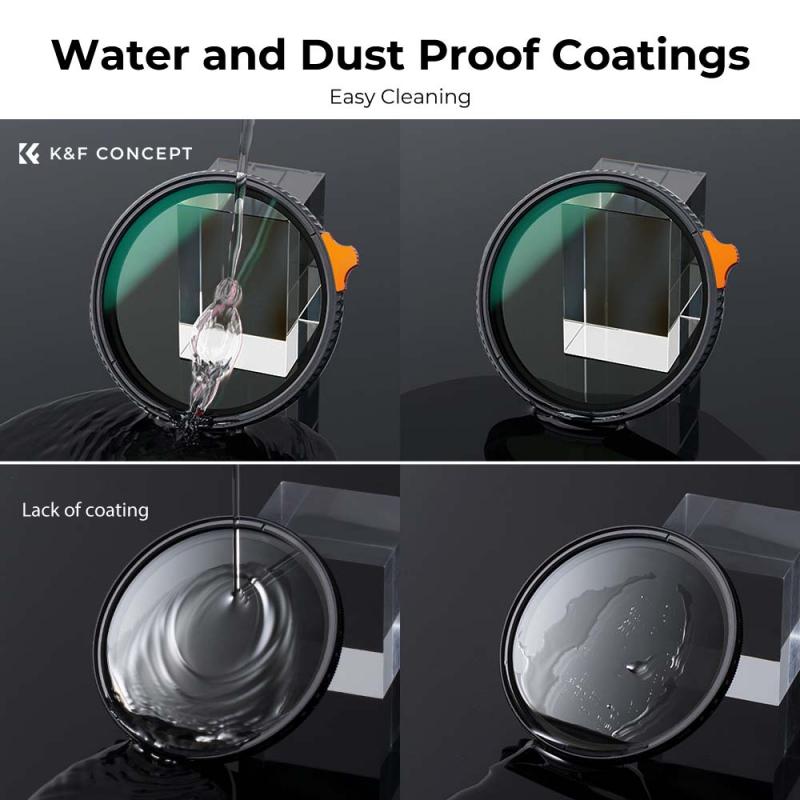
2、 Type of circular polarizer filter (linear vs. circular)
The first consideration when buying a circular polarizer filter is the size. You need to ensure that the filter you buy fits your lens. To determine the size of the filter you need, check the diameter of your lens. This information is usually printed on the front of the lens or can be found in the lens manual. Once you know the diameter, you can buy a filter that matches.
The second consideration is the type of circular polarizer filter to buy. There are two types of polarizer filters: linear and circular. Linear polarizers were the original type of polarizer filter, but they can interfere with the autofocus and metering systems of modern cameras. Circular polarizers were developed to overcome this issue and are now the standard type of polarizer filter.
Circular polarizers work by filtering out light that is polarized in a certain direction. This can help to reduce glare and reflections, and can also enhance the colors in your photos. They are particularly useful for landscape photography, where they can help to bring out the colors in the sky and foliage.
In summary, when buying a circular polarizer filter, make sure you get the right size for your lens and opt for a circular polarizer rather than a linear one. Circular polarizers are the standard type of polarizer filter and are designed to work with modern cameras. They can help to reduce glare and reflections and enhance the colors in your photos, making them a valuable addition to any photographer's kit.
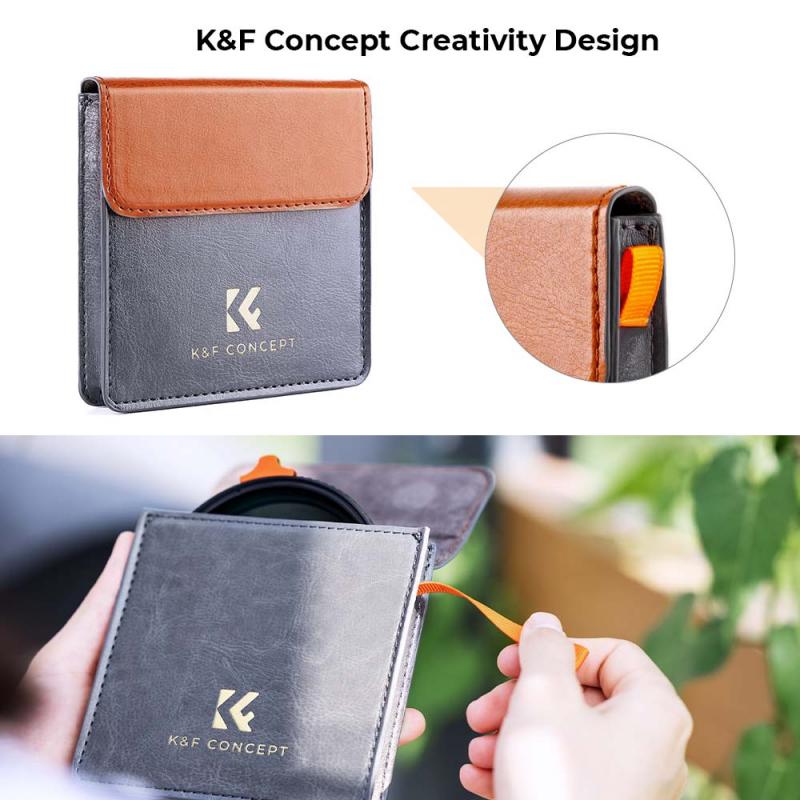
3、 Coating quality and effectiveness
What size circular polarizer filter to buy is a common question among photographers. The answer depends on the size of the lens you are using. It is important to choose the correct size to ensure that the filter fits properly and does not cause any vignetting or other issues.
However, another important factor to consider when purchasing a circular polarizer filter is the coating quality and effectiveness. A high-quality coating can make a significant difference in the performance of the filter. A good coating will reduce reflections and glare, improve color saturation, and increase contrast.
There are different types of coatings available, including multi-coated and nano-coated filters. Multi-coated filters have multiple layers of coating, which can improve their effectiveness. Nano-coated filters have a thin layer of coating that is applied using advanced technology, which can provide even better performance.
In recent years, there has been a growing trend towards using nano-coated filters due to their superior performance. They are more expensive than multi-coated filters, but many photographers believe that the extra cost is worth it for the improved results.
In conclusion, when deciding what size circular polarizer filter to buy, it is important to consider both the size of your lens and the coating quality and effectiveness of the filter. Investing in a high-quality filter can make a significant difference in the quality of your photos.
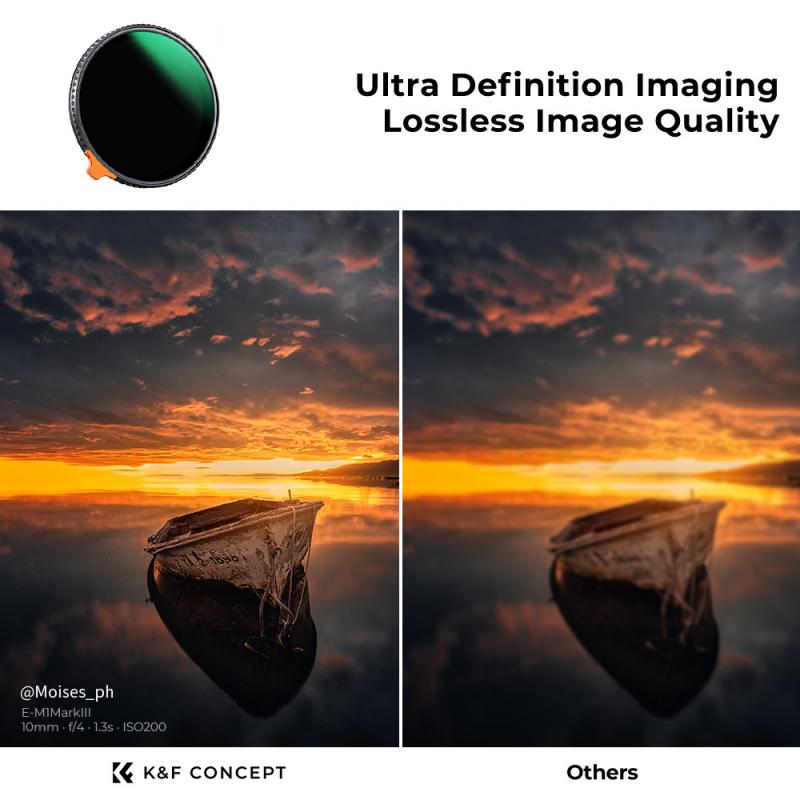
4、 Price range and budget considerations
There are two main factors to consider when deciding what size circular polarizer filter to buy: the size of your lens and your budget. The size of your lens will determine what size filter you need, as filters come in a variety of sizes to fit different lenses. You can usually find the filter size printed on the front of your lens or in the lens manual. Once you know the size you need, you can start looking at filters within your budget.
Price range and budget considerations are important when buying a circular polarizer filter. Prices can range from under $20 to over $200, depending on the brand, quality, and size of the filter. Cheaper filters may not be as durable or have the same level of polarization as more expensive filters, but they can still be effective for basic use. Higher-end filters may have better coatings to reduce glare and reflections, and may be more durable and scratch-resistant.
It's important to consider your own needs and preferences when deciding on a budget for a circular polarizer filter. If you're a professional photographer who relies on your equipment for your livelihood, it may be worth investing in a higher-end filter. However, if you're a hobbyist or just starting out, a more affordable filter may be a better option.
In recent years, there has been a growing trend towards using polarizing filters in smartphone photography. Many companies now offer circular polarizer filters specifically designed for smartphones, which can be a more affordable option for those who don't want to invest in a separate camera and lens.
